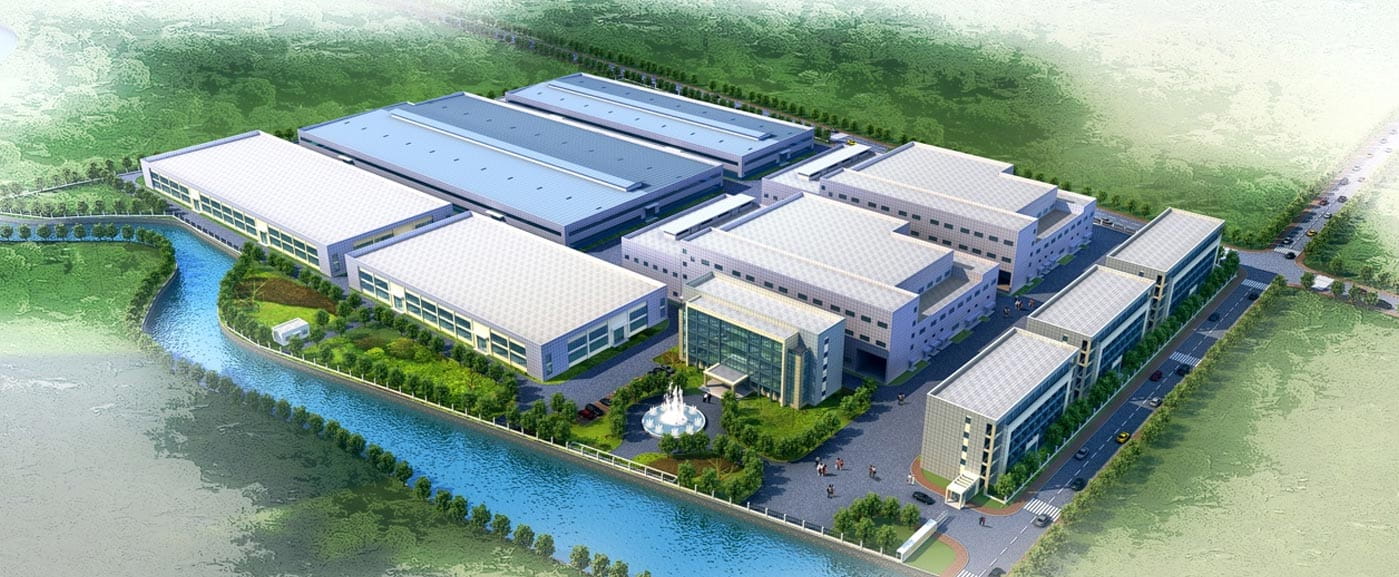Filling and sealing machines are used in various industries to package products quickly and efficiently. These machines can be used to fill and seal a wide range of products, including liquids, powders, and semi-solids.
There are different types of filling and sealing machines available, including:
Gravity fillers: These machines are used to fill containers with liquids and use gravity to control the flow of the product.
Piston fillers: These machines use a piston to fill containers with liquids, which is ideal for filling containers with precise volumes of product.
Auger fillers: These machines use an auger to fill containers with powders and other dry products.
Vacuum fillers: These machines are used to fill containers with liquids and use vacuum pressure to control the flow of the product.
Cup fillers: These machines use cups or containers to measure and fill products.
Tube fillers: These machines are used to fill and seal tubes with various products, such as creams, gels, and pastes.
Sealing machines come in different types as well, including:
Heat sealers: These machines use heat to seal containers, bags, or pouches.
Ultrasonic sealers: These machines use ultrasonic waves to seal containers.
Induction sealers: These machines use electromagnetic induction to seal containers with a foil seal.
Filling and sealing machines can greatly increase the efficiency and productivity of a manufacturing or packaging process. However, it's essential to select the right type of machine for the product being packaged and ensure that the machine is properly maintained to ensure consistent, reliable performance.
Filling and sealing machines come in a variety of types, sizes, and configurations, and each machine has unique characteristics depending on the product being filled and sealed. However, there are some general characteristics that most filling and sealing machines share, including:
High speed: Filling and sealing machines are designed to quickly fill and seal large quantities of products, making them ideal for high-volume production environments.
Accuracy: These machines are capable of filling and sealing products with a high degree of accuracy and consistency, which is essential for ensuring product quality and reducing waste.
Versatility: Filling and sealing machines can handle a wide range of products, including liquids, powders, semi-solids, and viscous materials.
Automation: Many filling and sealing machines are fully automated, which reduces the need for manual labor and increases efficiency.
Ease of use: Filling and sealing machines are designed to be easy to operate, which reduces the need for extensive training and ensures consistent, reliable performance.
Durability: These machines are built to withstand the rigors of continuous use in manufacturing and packaging environments, and they are often made from high-quality materials to ensure long-lasting durability.
Hygiene: Filling and sealing machines are designed to maintain high levels of hygiene and prevent contamination, which is especially important in industries such as food and pharmaceuticals.



 English
English 中文简体
中文简体 中文简体
中文简体

800.png?imageView2/2/format/jp2)






 READ MORE
READ MORE



